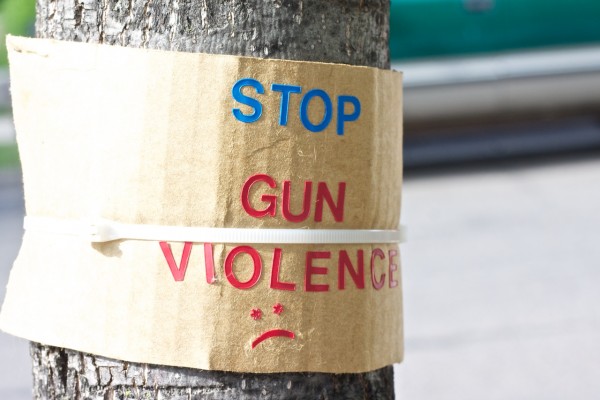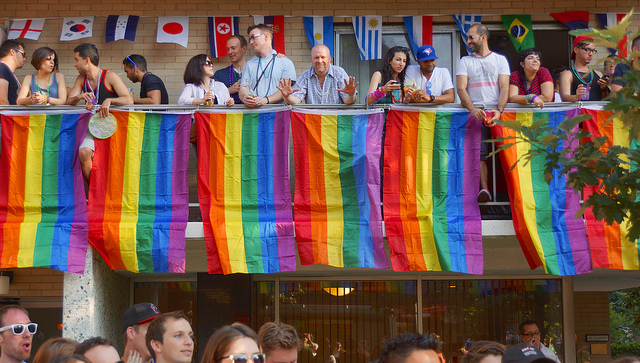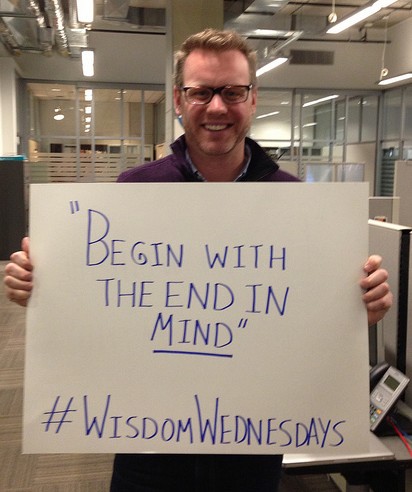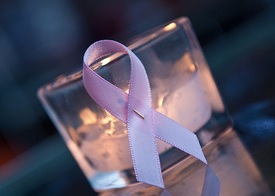
Winter break is a time for students and faculty alike to hunker down after a long semester, spend time with family and friends, and relax. But if you’re a woman in your 20s or 30s, you’ve probably been cornered by at least one relative who tells you your biological clock is ticking. And while Aunt Helen may be right, it turns out there’s at least one big benefit for women who wait to start a family.
Recent research featured in the Huffington Post indicates that women in their 40s are actually healthier if they have their first child after age 24. Sociologist Kristi Williams and her colleagues followed 3,348 women for nearly 30 years, collecting self-reported health data. They found that women who had their first child between the ages of 25 and 35 reported better health at age 40 than women who had their first child between ages 15 and 19 or 20 and 24 (and there was no significant health difference at age 40 between these two younger groups).
Read the full article here.










